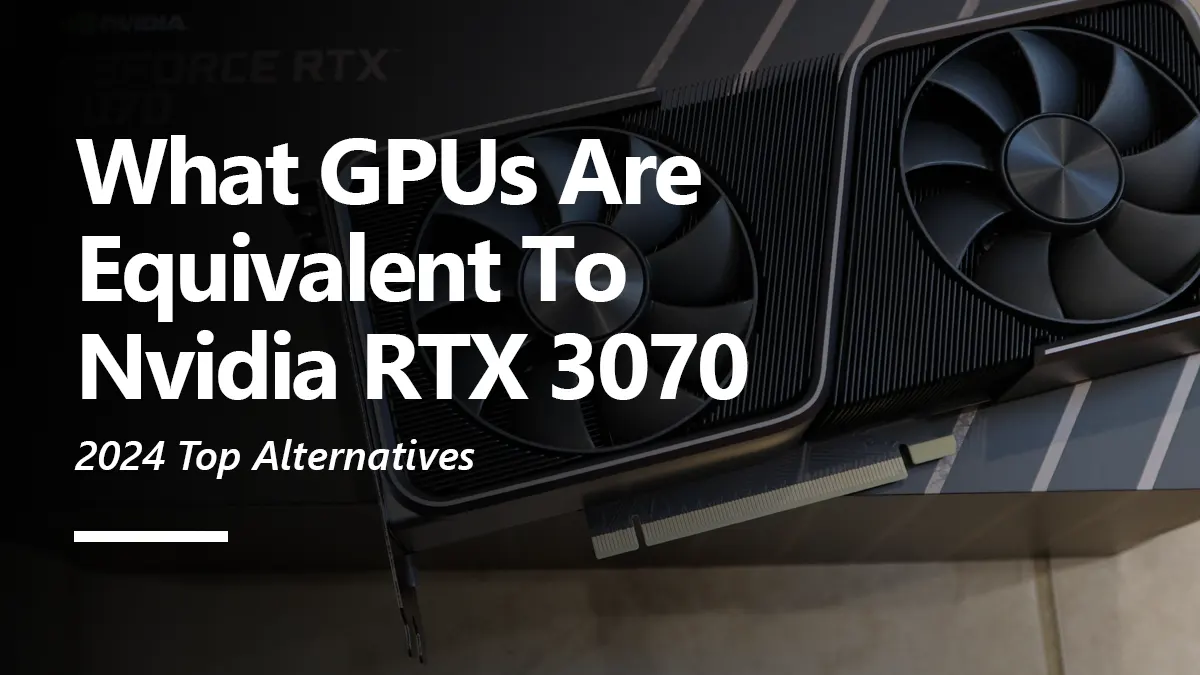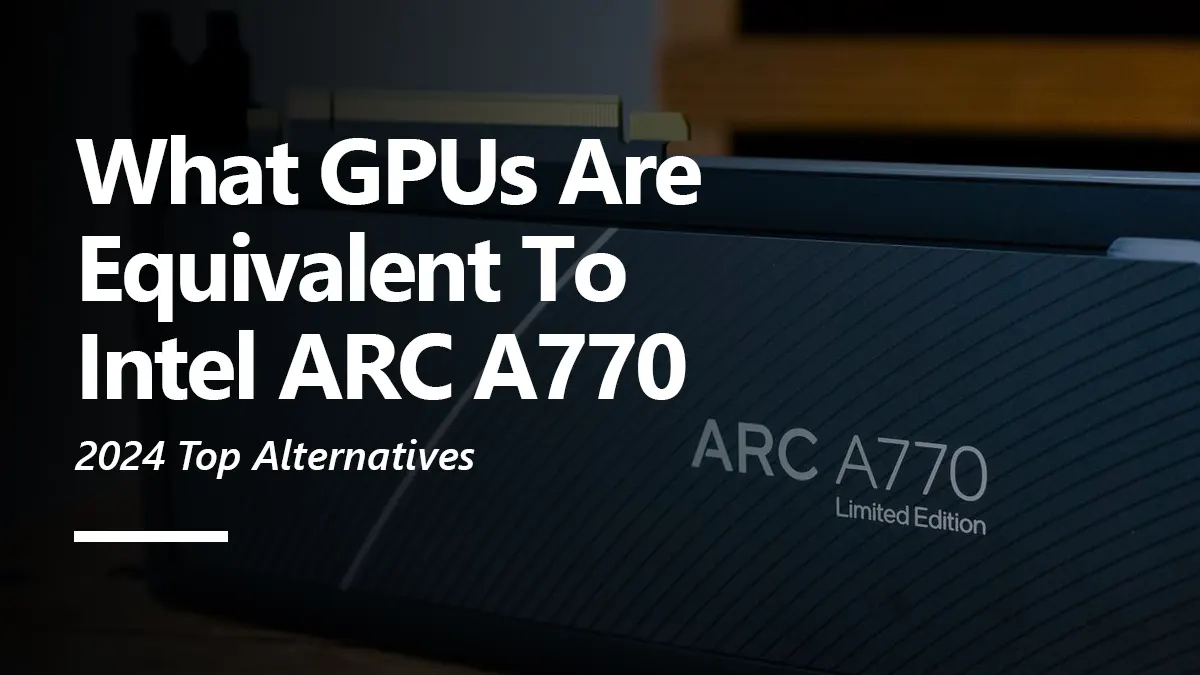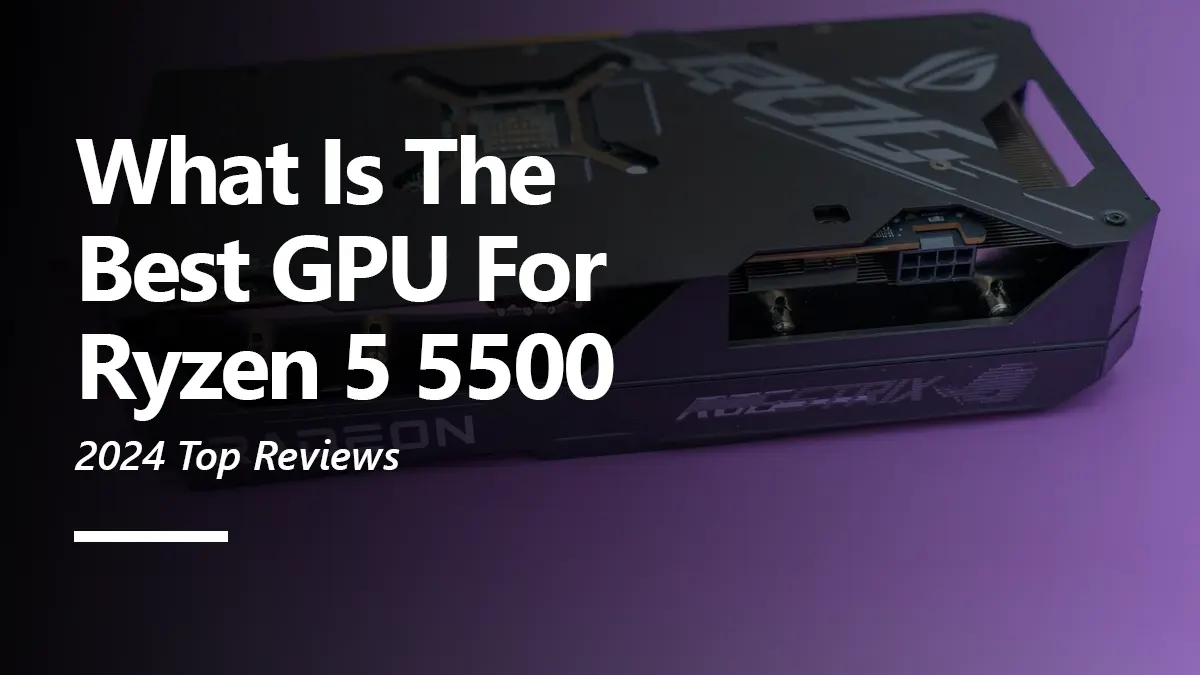Since the invention of AMD’s Radeon DNA architecture, AMD has competed closely with Nvidia in some spaces, and the community has never been more divided. The RX 6800 is an outstanding machine with flagship specs across the board that worked as AMD’s answer to Nvidia’s RTX 30 series of flagship GPUs.
The attributes that the RX 6800 includes are massive game-changers with a substantive performance boost from before. The second iterate of RDNA architecture introduces much-sought power utilization optimization.
Along with a promising 16GB memory, the 6800 greets you with a prominent amount of cores consisting of 60 compute/60 AI-ray trace units and close to 4000 streaming processors. With this blend, the RX 6800 only requires a gracious 250W while capable of buttery-smooth 4K gameplay.
Keeping the RX 6800 at the center of our focus, let’s look at some uniformly capable GPUs that are bound to yield an identical efficacy with some minor ups and downs.
GPU equivalent to the RX 6800
The RX 6800 is a unique GPU, and the two best matches as its alternatives are the RX 7800 XT and RTX 4070. Although we could have included the RTX 3080 as one of its alternatives, remember that the 3080 is a much more expensive option. Hence, it couldn’t work the other way around. These alternatives, however, fall in the same price domain, so they pose a similar competition.
Palit RTX 4070 Gaming Pro
Coming from Team Green’s side, we have the RTX 4070, which seriously threatens the 6800’s supremacy in value and capability. Consisting of an immensely energy-efficient 5nm chip and novel architecture, the RTX 4070 has excellently low power consumption and effective 4K performance.
What makes the 4070 an absolute unit is its contemporary processing units and profound performance. Its 12GB VRAM might be smaller than the RX 6800’s capacity, but its memory is inherently faster and more efficient, making it an equivalent contender.
Moreover, it comprises 5888 Shaders and 184 Tensor units, which aid it in achieving a reliable AI-enhanced gaming experience with DLSS and DLAA. Further, these blend exquisitely with its 46 raytracers.
| Feature | Palit RTX 4070 Gaming Pro | AMD Radeon RX 6800 |
|---|---|---|
| Architecture | Ada lovelace | RDNA 2.0 |
| Core Clock (MHz) | 1920 MHz | 1700 MHz |
| Boost Clock (MHz) | 2595 MHz (+5%) | 2105 MHz |
| CUDA Cores | 5888 | 3840 |
| Memory Type | GDDR6X | GDDR6 |
| Memory Size (GB) | 12 GB | 16 GB |
| Memory Bus Width (bits) | 192 bit | 256 bit |
| Memory Speed (Gbps) | 1313 MHz 21 Gbps effective | 2000 MHz 16 Gbps effective |
| TDP (Watts) | 215 W | 250 W |
| DirectX Version | 12 Ultimate (12_2) | 12 Ultimate (12_2) |
| OpenGL Version | 4.6 | 4.6 |
| VR Ready | - | Yes |
| Ray Tracing Cores | 46 | 60 |
| Ports | 1x HDMI 2.1 3x DisplayPort 1.4a | 1x HDMI 2.1 2x DisplayPort 1.4a 1x USB Type-C |
| Price | $1,006.59 | $469.99 |
Sapphire PURE RX 7800 XT
Stepping its game again, AMD’s RDNA 3-based GPUs have lasting performance and even more improved energy utilization. The RX 7800 XT was released just a few months ago, and it is an excellent specimen to add to your arsenal.
The 7800 XT achieves tremendous up to 4K resolution outputs. Its ingenious design and carefully placed abilities allow it to surpass 6800 and 6800 XT, bringing out all of this in essentially the exact power requirement.
It also uses a 16GB memory with similar speeds and has the exact core count. However, the newer architecture dictates a better performance margin, leading 6800 about 10 - 15%. Furthermore, this being an XT card, its clock speeds are substantially more prominent, with a peak of about 2600 MHz.
| Feature | AMD Radeon RX 7800 XT | AMD Radeon RX 6800 |
|---|---|---|
| Architecture | Ada lovelace | RDNA 2.0 |
| Core Clock (MHz) | 1295 MHz | 1700 MHz |
| Boost Clock (MHz) | 2430 MHz | 2105 MHz |
| CUDA Cores | 3840 | 3840 |
| Memory Type | GDDR6 | GDDR6 |
| Memory Size (GB) | 16 GB | 16 GB |
| Memory Bus Width (bits) | 256 bit | 256 bit |
| Memory Speed (Gbps) | 2438 MHz 19.5 Gbps effective | 2000 MHz 16 Gbps effective |
| TDP (Watts) | 263 W | 250 W |
| DirectX Version | 12 Ultimate (12_2) | 12 Ultimate (12_2) |
| OpenGL Version | 4.6 | 4.6 |
| VR Ready | - | Yes |
| Ray Tracing Cores | 60 | 60 |
| Ports | 1x HDMI 2.1 3x DisplayPort 2.1a | 1x HDMI 2.1 2x DisplayPort 1.4a 1x USB Type-C |
| Price | $469.99 | $469.99 |
Conclusion
If these comparisons prove nothing else, they are, at minimum, a testament to the flagship status of the RX 6800. The 6800 is easily among the most popular GPUs, still sold at a slightly higher price than the original. Although AMD GPUs rarely have hiked costs, this one can be considered an exception among a few others.
On the other hand, the RTX 4070 and RX 7800 are also accomplished graphics processors that benefit extensively from the freshest technology. With their excelling performance, value, and future-proofing, the decision to buy the RX 6800 should be reconsidered.
If these options weren’t available today, then the choice was fairly obvious, as the RX 6800 is a more bang-for-buck choice in front of the RTX 30 series.




